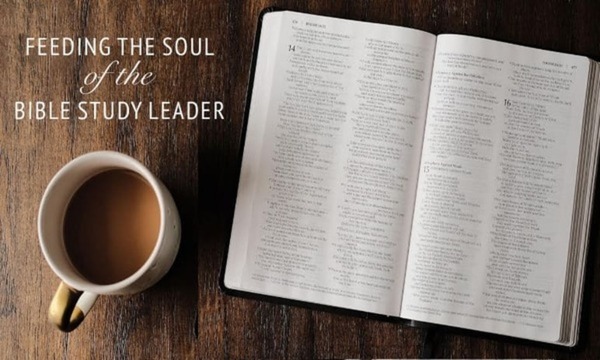As I am working on a commentary on the Gospel of John (Zondervan Exegetical Commentary on the New Testament), I have noticed a general trend by interpreters to minimize the functional importance of the dialogues of Jesus. While interpreters might admit in principle that the form of a particular scene is a dialogue, in practice the dialogical form of the scene is given little interpretive force. What is focused on instead is the words of Jesus, almost is if they occurred in a vacuum. I think this misunderstands the importance of dialogues. Let me explain.
First, dialogues serve an important role in the developing story of the gospel. The function of a dialogue is not merely the meaning of the language in the interaction, but also what the language does. As much as dialogues do contain meaning, they also move and develop the plot. Thus, they are intimately connected to what has come before and where the plot of the gospel is moving. The dialogue brings meaning to Jesus’ person and work so that the characters – and therefore the readers – are exhorted to take a particular action, thereby moving the plot along toward its ultimate goal: “that you may believe” (20:31). The dialogues cannot be divorced from the narrative movement and emplotment of the gospel as a whole. The dialogues are not tangents for John; they are necessary elements in the developing story of Jesus.
Second, dialogues serve to give meaning and direction to the passage/scene in which they occur. The interactive movement and patterns of the dialogue are essential controls in order to understand the message of the passage. For example, the dialogue between Jesus and Nicodemus falls under the pattern of a challenge dialogue, which takes the form of an informal debate. As an informal debate the purpose is not to debate formally a principle, idea, or point of law, but to challenge the honor and authority of one’s interlocutor. It was common for challenge dialogues to involve both irony and the playful use of words, in which the poetic battle involved the creation of competitive possibilities and realities. Such insights into the function of a dialogue provide lenses with which to understand the passage’s details (playful words and phrases) and developing movement. Even more, at the point in the dialogue where Jesus could claim victory over his interlocutor and the honor due to him he makes an unconventional move by announcing instead his impending shame (3:13-15). And ironically it is through his shame that Nicodemus can become victorious. Only by understanding the dialogical structure of the scene can the reader make sense of not only its details, but also the rhetorical meaning of the interaction.
The uniqueness of the dialogues to the Gospel of John might explain the tendency to overlook their functional significance. But as I work through John for my commentary, Jesus' interaction with Nicodemus in ch. 3, with the Samaritan woman in ch. 4, and the crowd/Jews in ch. 6 take on significances not seen when merely treated as monologues or sermons of Jesus.
 Biola University
Biola University.jpg)
.jpg)

